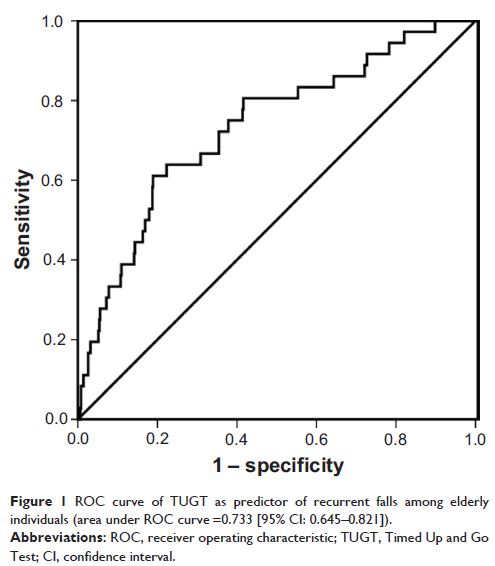100205
论文已发表
注册即可获取德孚的最新动态
IF 收录期刊
- 3.3 Breast Cancer (Dove Med Press)
- 3.4 Clin Epidemiol
- 2.5 Cancer Manag Res
- 2.9 Infect Drug Resist
- 3.5 Clin Interv Aging
- 4.7 Drug Des Dev Ther
- 2.7 Int J Chronic Obstr
- 6.6 Int J Nanomed
- 2.5 Int J Women's Health
- 2.5 Neuropsych Dis Treat
- 2.7 OncoTargets Ther
- 2.0 Patient Prefer Adher
- 2.3 Ther Clin Risk Manag
- 2.5 J Pain Res
- 2.8 Diabet Metab Synd Ob
- 2.8 Psychol Res Behav Ma
- 3.0 Nat Sci Sleep
- 1.8 Pharmgenomics Pers Med
- 2.7 Risk Manag Healthc Policy
- 4.2 J Inflamm Res
- 2.1 Int J Gen Med
- 4.2 J Hepatocell Carcinoma
- 3.7 J Asthma Allergy
- 1.9 Clin Cosmet Investig Dermatol
- 2.7 J Multidiscip Healthc

行走计时测试可以预测经常性跌倒:对中国社区老年人的纵向研究
Authors Kang L, Han P, Wang J, Ma Y, Jia L, Fu L, Yu H, Chen X, Niu K, Guo Q
Received 29 March 2017
Accepted for publication 18 June 2017
Published 28 November 2017 Volume 2017:12 Pages 2009—2016
DOI https://doi.org/10.2147/CIA.S138287
Checked for plagiarism Yes
Review by Single-blind
Peer reviewers approved by Dr Akshita Wason
Peer reviewer comments 2
Editor who approved publication: Dr Wu
Purpose: Falling
is a major health problem in community-dwelling elderly individuals. The aim of
the present study was to conduct a prospective investigation to evaluate the
accuracy of the Timed Up and Go Test (TUGT), 4-meter walking test, and grip
strength test to screen for the risk of falls and to determine a cutoff point
to be used clinically.
Patients and
methods: This was a prospective study that
included 541 participants. The fall data were obtained via face-to-face
interview, and the date, site, and circumstances of any falls were recorded.
TUGTs were recorded as part of a comprehensive geriatric assessment. We
collected the same data at baseline and after follow-up via comprehensive
geriatric assessment.
Results: The incidence of falls of our study subjects was 20.8%. The
recurrent-fall group had a fall rate of 6.8% during the follow-up year. The
standard area under the curve (AUC) of our screening tool was >0.70, and
hence our tool can be used for clinical purposes. After adjusting for age and
gender, the AUC of TUGT became 0.642, so it cannot be used as a predictive tool
for measuring any types of falls. However, when recurrent falls were adjusted
for age and gender, the TUGT’s AUC improved to 0.733 and a score of 15.96
seconds is used as a cut-point to screen recurrent falls in community-dwelling
elderly Chinese individuals.
Conclusion: Future falls were best predicted by TUGT in recurrent fallers at
baseline. A score of 15.96 seconds is used as a cut-point to screen recurrent
falls in community-dwelling elderly Chinese individuals.
Keywords: community dwelling, elderly, fall, TUGT
